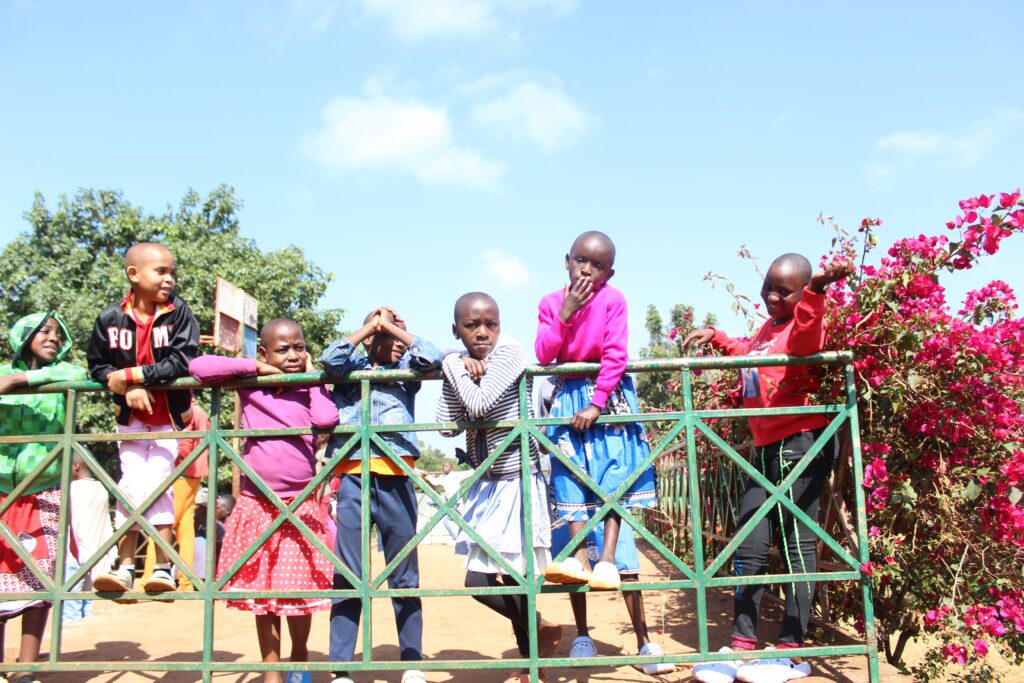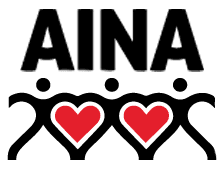This is my Africa.
In August 2024, while walking with a friend who had just returned from Kenya—specifically from Nchiru, from the Aina village with children, many of whom are HIV-positive—and listening to her touching and intense experience, I felt a beauty that deeply fascinated me. I told her: “Next year, if I retire, I’ll come too.”
Months passed, and between February and March I spoke again with my friend. She asked me: “So, did you manage to free yourself? Did you retire?” I said yes. “Then you can come to Africa?” And without thinking about anything, almost unconsciously, I answered yes.
In the months that followed, I gathered information about all the necessary vaccinations and about the country where I was going. At the same time, I thought about what I was leaving behind in Italy—all the daily worries that weighed on me and made me live with resignation, since I could only see the future in a negative light. They were reasonable concerns, but my state of mind was hopeless.
As the departure approached, it was as if everything was aligning in the right direction, as if the decision to go had been made by someone else according to a greater plan.
The day we arrived at the village, we were welcomed by the other volunteers who were already there. In their eyes, you could see positivity about what they were experiencing, and so much enthusiasm.
The meeting with the children was wonderful, especially seeing that they remembered the name of Daniela, my friend who had been there the previous year. In the following days, we made ourselves available for various tasks in the village, and I was deeply struck by the figure of the founder and president of the association—a remarkable woman who gives her all for the future of these children.
The impact with the children touched me deeply: I felt inadequate, but their gazes and faces pierced my heart and at the same time expanded it. In their eyes I saw the wound of a dramatic past, but also the light of hope.
When I went with them for a walk outside the village, we held hands: ours were sweaty, theirs perhaps stained with red earth. Yet, every time our hands let go for some reason, they immediately reached out again. It was a need to have someone close. The same happened when we were with them while they were showering and we helped them dress: even the more independent children wanted to be cared for, as if with us they could simply be children again.
The day we went for the visit home, accompanying the children to spend the holidays with their families, my heart was torn apart. Some of them cried because they didn’t want to be left with their families of origin, since they lived in shacks. One particularly lively child was restless on the bus. When we arrived at his home—a hut isolated in the middle of the forest—he detached himself, showing his wildest side. We couldn’t understand a thing because of the language, neither what the father, the uncle, nor a neighbor were saying to the social worker.
After some time, we returned to the bus without the child, but the social worker told us we would come back to pick him up. In that moment, our hearts were lifted. When we returned and picked him up, his face lit up again with a bright smile, and he calmed down.
For me, Africa was like a journey of conversion. It opened my heart, and those children helped me change the way I look at life. I understood that both I and those wonderful children share the same needs, the same heart that goes beyond basic necessities, though it also passes through them. Children have every right to live a dignified life and to be happy.

